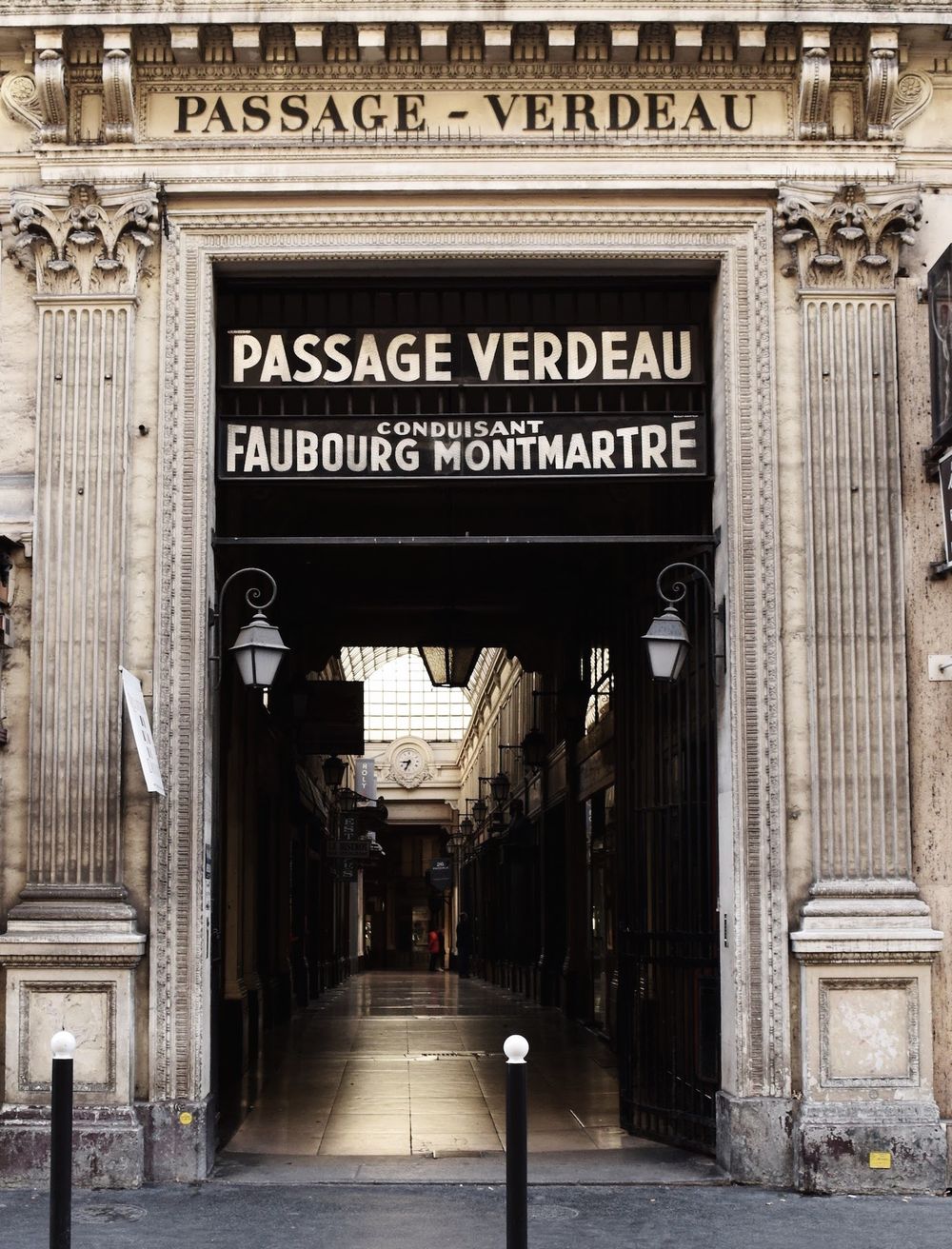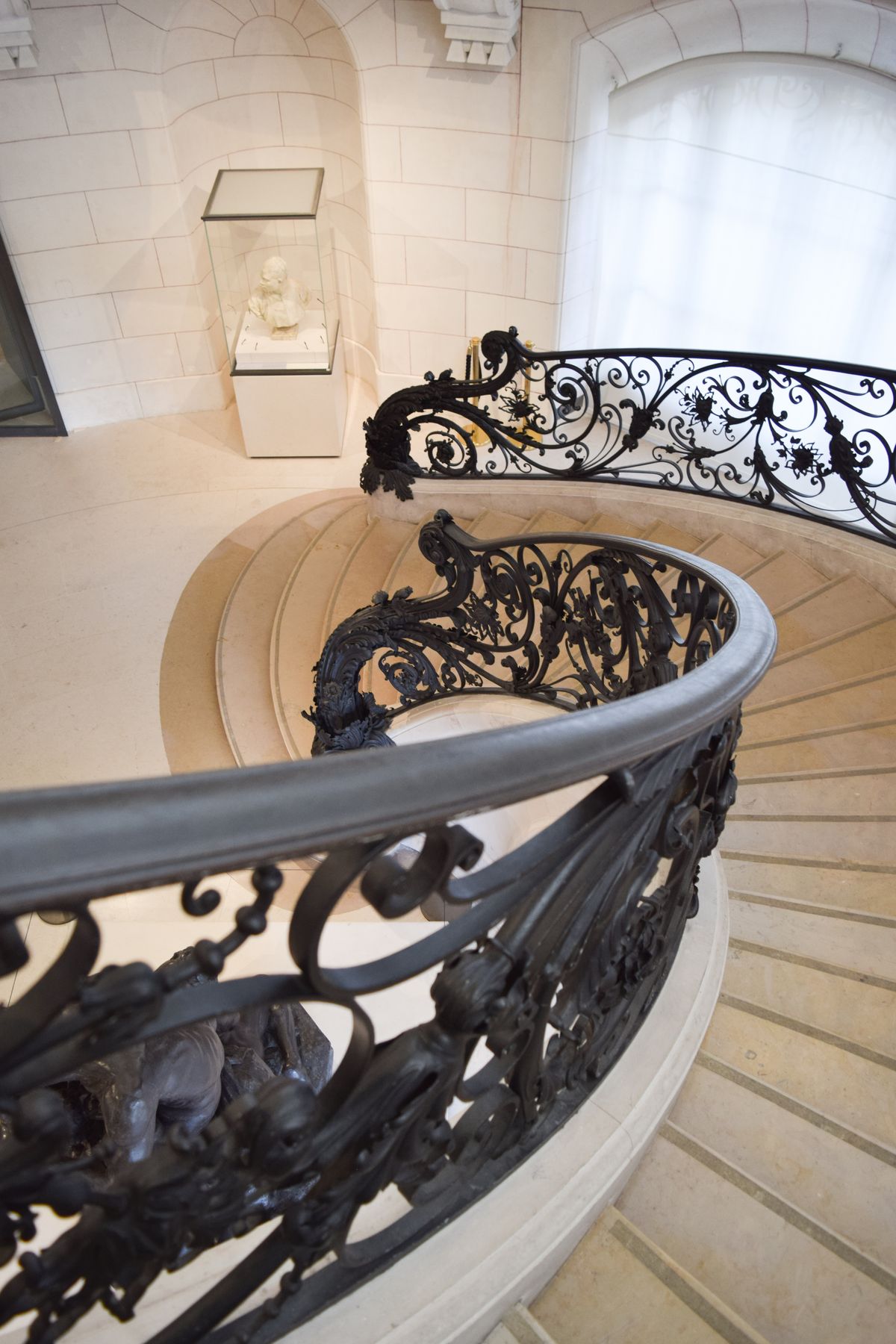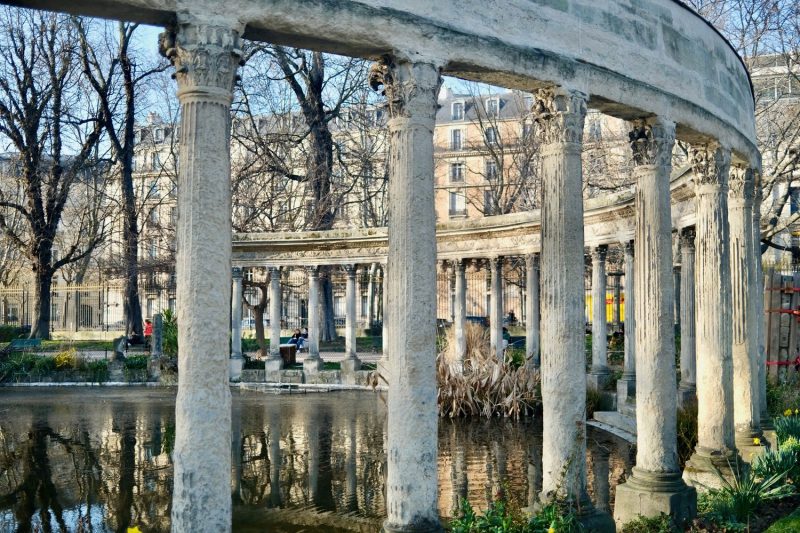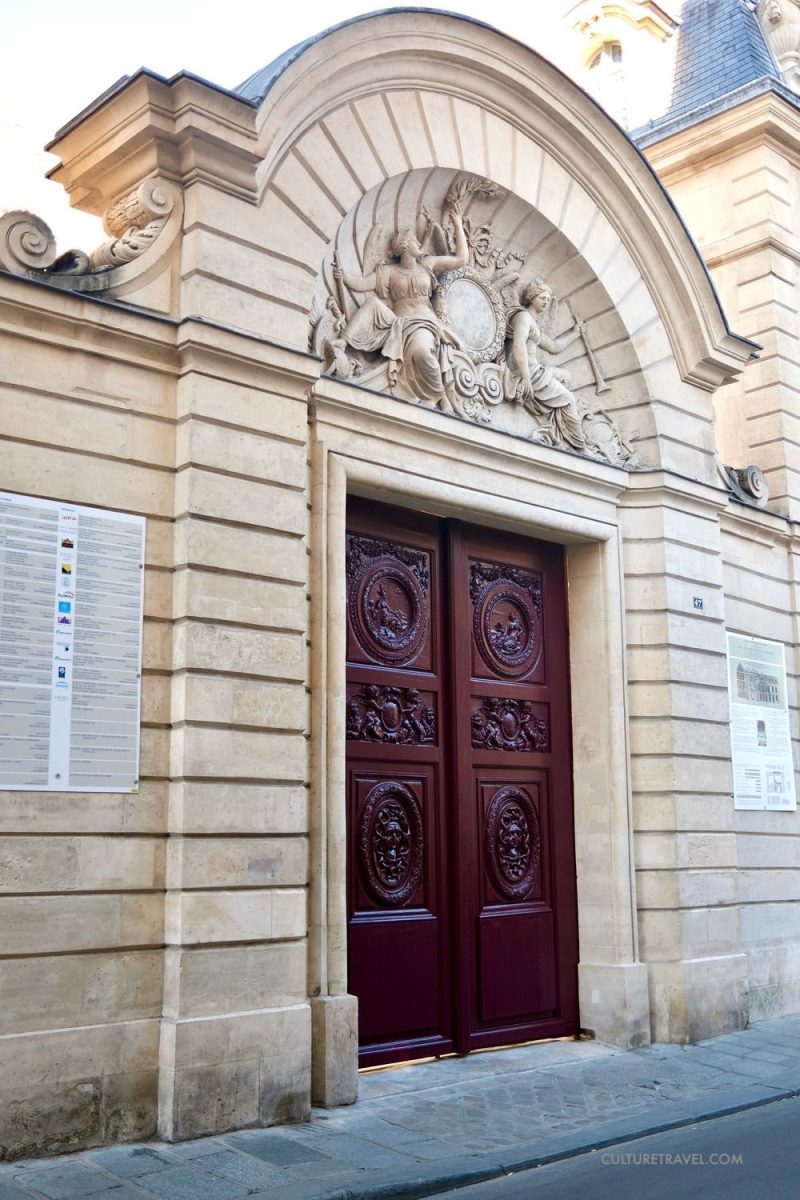Nestled within Paris’s posh 8th arrondissement, neighboring the enchanting Parc Monceau, stands the beguiling Pagoda Paris. Splashed in vibrant red and crowned with a swooping roofline, the Pagoda Paris stands as a portal to the exotic East.
Once a distinguished private home fashioned in the grandeur of French Louis Philippe architecture, this edifice was acquired in 1925 by the revered connoisseur and dealer of Chinese and Asian art, Mr. Ching Tsai Loo (1880-1957).
Guided by Mr. Loo’s vision and in collaboration with the esteemed architect Fernand Bloch (1864-1945), the structure underwent a breathtaking metamorphosis, birthing the Pagoda that hosted the renowned Galerie C.T. Loo & Cie. This sanctuary became a testament to the exquisite allure of Chinese and Asian artistry.

History
The curious backstory begins in the early 20th century with a young Chinese art dealer named Ching Tsai Loo. Charmed by Paris yet longing for home, Loo transformed a stately 19th-century hôtel particulier into an ode to his heritage.

In 1902, Ching Tsai Loo, an enterprising art dealer, arrived in Paris, swiftly attaining acclaim. Acquiring a mansion crafted in 1880 in a classical style, he sought to create a space adjacent to Parc Monceau for his pursuits. Fortunately, the era demanded no building permits, a serendipitous allowance for those seeking to infuse a touch of whimsy into their daily lives.
While Paris boasts mosques, temples, and diverse structures of faith, the Pagoda Paris stands distinct—a tribute not to religious tenets, but to the profound love Mr. Loo held for his homeland, China, and his fervent desire to share its cultural richness with his adopted home, France.

Architect Fernand Bloch undertook the monumental task of transforming this 19th-century structure into a splendid pagoda inspired by Chinese aesthetics. The mansion soared by two floors, its roof reconstructed, and its entirety painted in resplendent red.
Out went the bourgeois décor; in swept elaborately carved lacquer panels, Ming vases, embroidered silk wall hangings – transporting visitors across continents with one step over the threshold.

Beyond its iconic façade, adorned with quintessential Chinese crimson hues and architectural emblems, lies an opulent interior boasting intricate Shanxi lacquer panels, paying homage to Mr. Loo’s cherished Chinese heritage. Among its treasures, the Pagoda harbors themed chambers like the Salle Indienne, the Salle Cavaliers, and the Petit Salon Porcelaine.
Despite fervent opposition and petitions for demolition upon its completion in 1926, the “House Loo” defiantly persevered. Even after changing ownership in 2011, it remains resolute in upholding its founder’s aspirations—to serve as a cultural conduit linking France and China.
Loo’s ambitious renovations raised more than a few skeptical eyebrows amongst his neighbors. But his Parisian pagoda prevailed as a resounding success. The Petit Salon Porcelaine and other themed salons hosted many an awestruck visitor over afternoon tea. Loo’s renowned Asian art gallery cemented the Pagoda as a cultural destination in its own right.
Though Loo has since passed on, his legacy remains intact.
Today, it thrives as a private museum, welcoming visitors with exhibitions, performances, and exclusive spaces available for private events. It stands as an exclusive window to behold the resplendent and authentically Chinese interior décor housed within this remarkable pagoda.
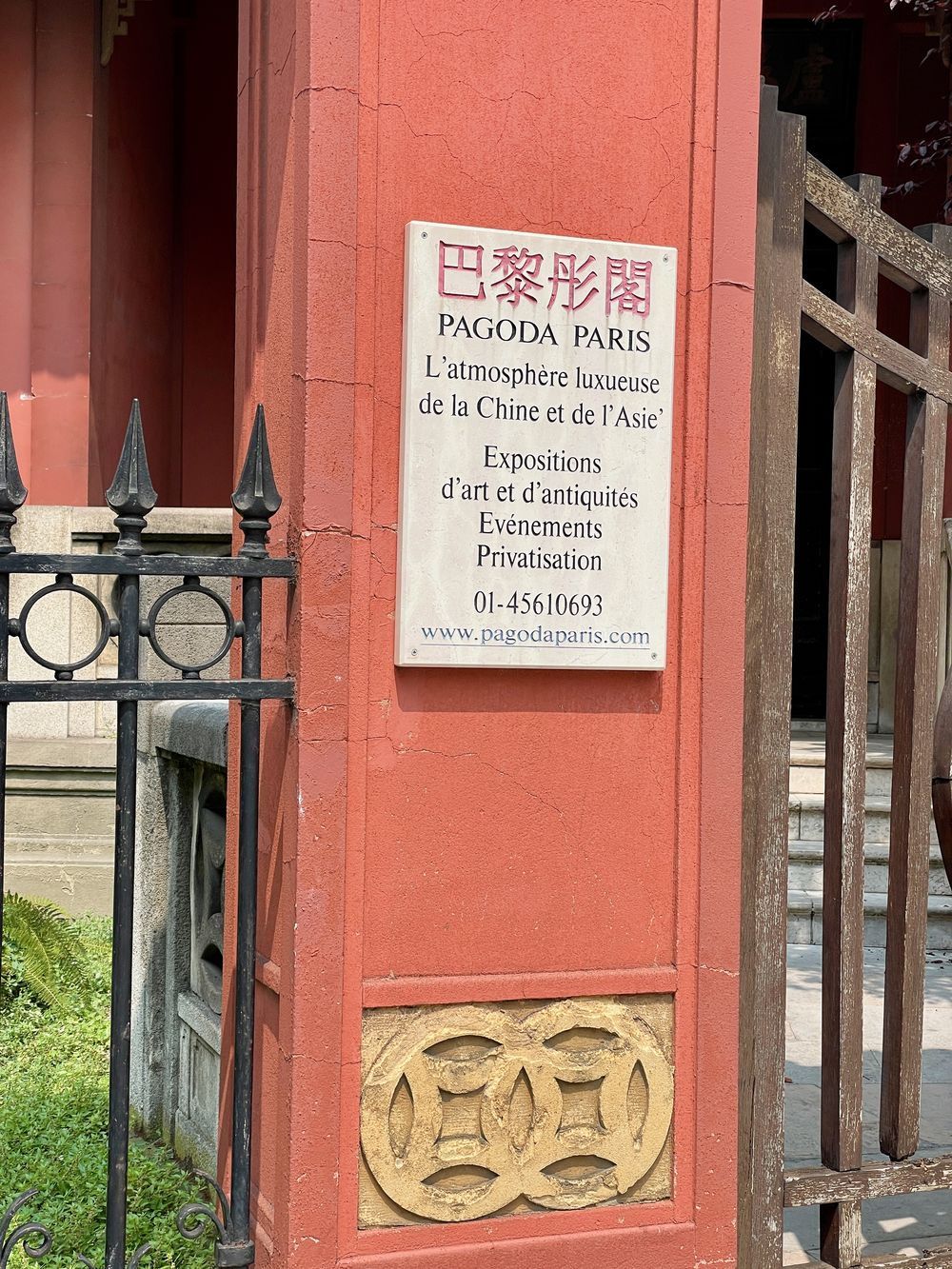
Sold privately in recent years, the Pagoda continues welcoming visitors through its crimson-framed doors. Within, one still discovers a bridge between East and West…all without boarding a ship or plane.
Even in a storied city like Paris, such an unexpected journey remains a rare and magical gift.
Pagoda Bookings
48 Rue de Courcelles
75008 Paris
